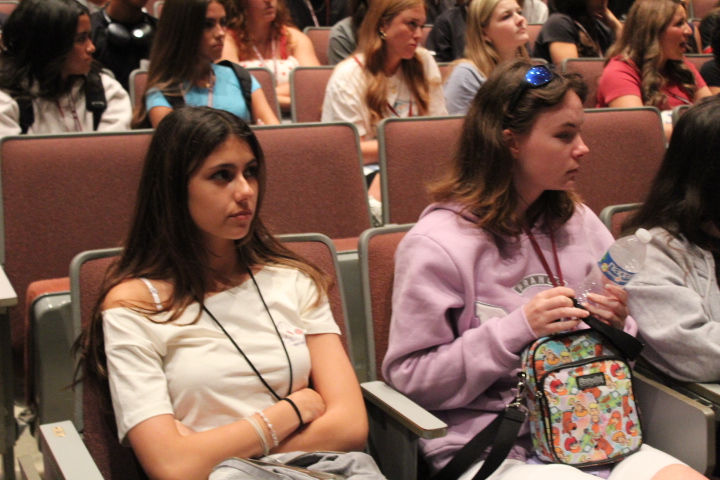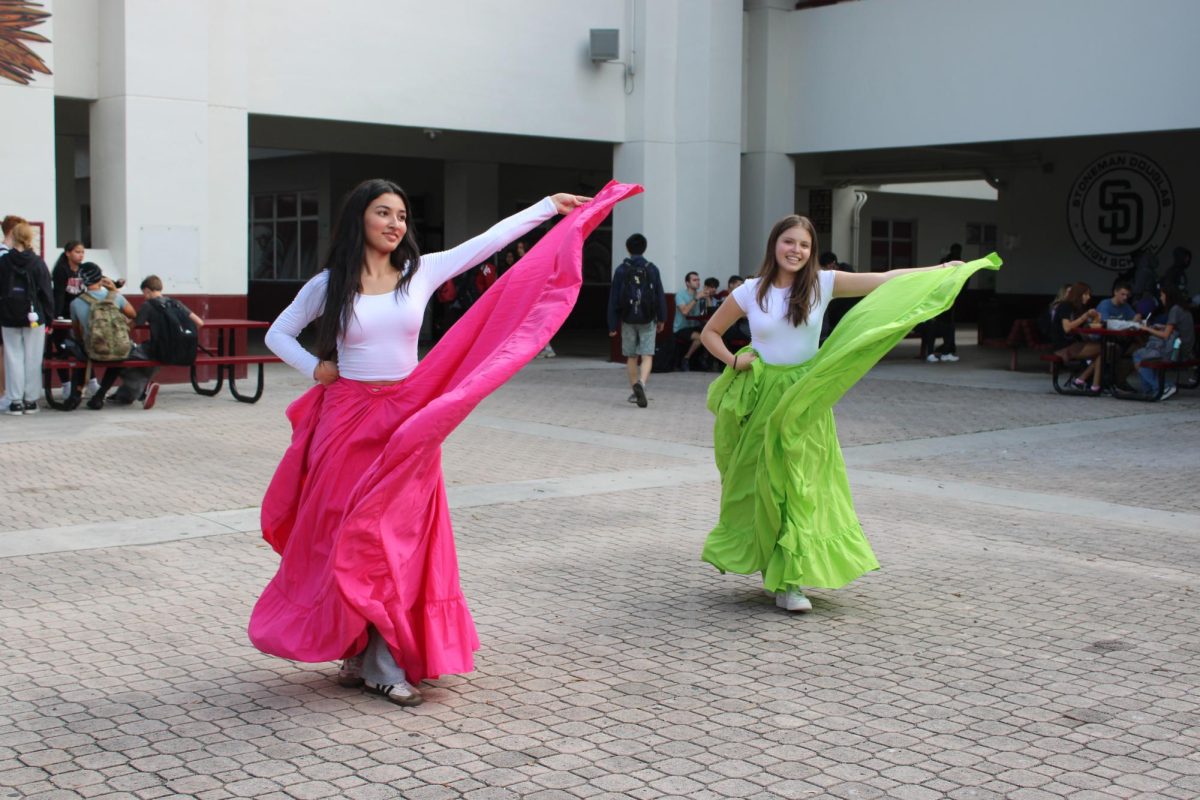On Sept. 9, the 16,000 semifinalists of the National Merit Scholarship were announced. Out of the semifinalists, six were Marjory Stoneman Douglas High School seniors: Aiden Tau, Sean Nixon, Elle Naqvi, Ella Maurice, Melissa Azzarito and Analyse Armstrong. Tau scored a 1470 on the PSAT, Naqvi and Nixon scored a 1460 and Armstrong scored a 1440, while others preferred not to say.
The National Merit Scholarship Program was founded in 1955 after concerns about America falling behind in the Cold War. Their website reads, “In response, the National Merit Scholarship Program was created to identify and honor scholastically talented American youth and to encourage them to develop their abilities to the fullest.”
Students must score within the top 1% of test takers on the PSAT to qualify as a semifinalist. NMSC determines this by using a scale called the Selection Index. They add up students’ math, reading and writing scores, which fall between 8 and 38, then they multiply that by two. The total Selection Index ranges from 48 to 228. However, the cutoff to qualify depends on the state. For example, Florida’s cutoff for this year is 217, while Massachusetts’ is 223.
Azzarito began preparing over the summer by working with an SAT tutor to ensure an exceptional score. In addition, she took many practice tests and was even shocked by the NMSC announcement.
“I actually found out because a girl came up to me in class and congratulated me; I had no idea beforehand,” Azzarito said. “Then later I saw the announcement, which actually confirmed it.”
Armstrong was also made aware through a friend, as she had transferred out of MSD to Kearny High School in New Jersey this past summer. She was ecstatic after finding out she was one of six students who qualified. However, her study method was highly unusual.
“I’ll be actually really honest, I only did maybe 20 minutes of Khan Academy modules the day before the test,” Armstrong said. “It was my first PSAT as well, so I honestly wasn’t expecting to get the score I got.”
Contrary to Armstrong, Tau had started studying about a month prior to the PSAT by taking practice tests every Saturday leading up to test day.
“[I was] satisfied and happy that it was finally announced and confirmed, and that I was recognized and chosen on a national level,” Tau said.
Unlike the others, Naqvi was not confident that she had qualified, even though she had spent the summer studying for the SAT on Khan Academy.
“I was really excited and proud to see that I qualified,” Naqvi said. “I had heard that the qualifying NMSC Selection Index score had gone up from last year, so I knew it was going to be even more competitive this year. It was definitely a nice surprise to see that I qualified.”
Nixon knew he qualified based on his scores from last year. He was happy to have qualified, though he, like Armstrong, did not study much.
“To be honest, I didn’t really study much,” Nixon said. “I was more focused on the actual SAT itself. I took a couple of practice tests through Bluebook to prepare for the actual SATs, but apart from that, I didn’t really study.”
The semifinalists all had similar opinions on what students should do to achieve a similar score and qualify for the scholarship.
“The best advice I would give to people trying to get a similar score is to get a full night’s sleep and eat a good breakfast the day of the test,” Nixon said. “It may seem silly, but an extra couple hours could very well make the difference between qualifying and not qualifying. Nothing is worse than going to a PSAT or SAT without proper sleep, and your score will reflect that.”
The next step for these candidates is to try and become a finalist, which an estimated 95% of semifinalists are able to attain. Semifinalists must complete an application, have a consistently high academic record, write an essay, be endorsed by a school official and take the SAT or ACT and get a similar score. After, a handful of finalists will be selected for the scholarship based on the previous criteria. This year, the organization is offering 6,870 National Merit Scholarships, worth nearly $26 million, that will be offered next spring.




















![Freshman Anabella Karam draws a pink ribbon during the Health Occupations Students of America meeting on Monday, Oct. 28. They went over breast cancer as well as its effects and made cards for breast cancer patients. "I joined [HOSA] because I thought it would be a great opportunity to learn new things and compete in a field of study that interests me," Karam said.](https://eagleeye.news/wp-content/uploads/2024/10/IMG_0175-1200x800.jpg)


